Exploring the depths of Iceland's volcanic tunnels is not for the faint-hearted. These subterranean labyrinths, carved by flowing lava, present a unique set of challenges for adventurers and researchers alike. Among the most critical safety measures is the use of specialized ropes designed to withstand extreme conditions. Unlike standard climbing gear, these ropes must endure sharp volcanic rock, intense heat fluctuations, and corrosive gases. The standards governing their construction and deployment are as rigorous as the environment they’re meant to conquer.
The volcanic tunnels of Iceland, known as lava tubes, are formed when molten lava flows beneath a hardened surface. Over time, these tunnels can stretch for miles, creating vast networks of caves. Venturing into these spaces requires not only courage but also meticulous preparation. Safety ropes are the lifelines that keep explorers connected to the surface, ensuring they can navigate the treacherous terrain without losing their way or falling into unseen crevices.
What sets these ropes apart from conventional climbing gear? For starters, they are constructed from materials that resist melting and abrasion. Lava rock is notoriously sharp, capable of slicing through ordinary rope fibers with ease. High-performance polymers like aramid or ultra-high-molecular-weight polyethylene (UHMWPE) are often used, offering a combination of strength and durability. Additionally, these ropes are treated with heat-resistant coatings to prevent degradation in the presence of residual geothermal heat.
Another critical factor is the rope’s ability to withstand chemical exposure. Volcanic environments often emit sulfur dioxide and other corrosive gases, which can weaken traditional materials over time. Safety ropes designed for lava tube exploration are tested extensively for chemical resistance, ensuring they remain reliable even after prolonged exposure. This level of durability is non-negotiable, as a single equipment failure could have catastrophic consequences in such remote and hazardous settings.
The standards for these ropes are not arbitrary; they are born out of necessity. Organizations like the International Climbing and Mountaineering Federation (UIAA) and the European Norm (EN) have established stringent guidelines for volcanic tunnel exploration gear. These standards cover everything from tensile strength and knotability to UV resistance and dynamic elongation. Ropes must undergo rigorous testing, including simulated lava tube conditions, before they are deemed suitable for use.
One often-overlooked aspect of lava tube safety ropes is their handling characteristics. In the confined spaces of a volcanic tunnel, a rope that’s too stiff or too slippery can be as dangerous as one that’s weak. Ideal ropes strike a balance between flexibility and grip, allowing explorers to tie secure knots and manipulate the rope with ease, even in low-light or high-stress situations. This subtle but vital trait can mean the difference between a successful expedition and a dire emergency.
Beyond the ropes themselves, the techniques for their use are equally specialized. Anchoring points in lava tubes are rarely as straightforward as those on a mountain face. Explorers must often create their own anchors using bolts or natural rock features, a process that requires both skill and an intimate understanding of the tunnel’s geology. The rope must be deployed in a way that minimizes friction against sharp edges, reducing wear and the risk of sudden failure.
The human element cannot be ignored. Even the best ropes are only as effective as the people using them. Training for lava tube exploration includes not only technical rope skills but also lessons in risk assessment and emergency response. Teams must be prepared for scenarios like gas leaks, rockfalls, or sudden flooding, all of which can occur without warning. The rope is just one component of a broader safety strategy that prioritizes preparedness and adaptability.
As interest in volcanic exploration grows, so too does the innovation in safety equipment. Recent advancements include ropes embedded with sensors to monitor tension and wear in real-time, providing explorers with an extra layer of security. Others are experimenting with biodegradable coatings to reduce environmental impact, a nod to the delicate ecosystems that sometimes exist within these tunnels. The future of lava tube exploration will undoubtedly be shaped by these evolving technologies.
For those drawn to the otherworldly beauty of Iceland’s volcanic tunnels, understanding the intricacies of safety ropes is more than academic—it’s a matter of survival. The standards governing these tools reflect the unique dangers of the environment and the unwavering commitment to mitigating them. Whether for scientific research or adventurous pursuit, the rope is a silent guardian, ensuring that every journey into the depths ends safely back at the surface.
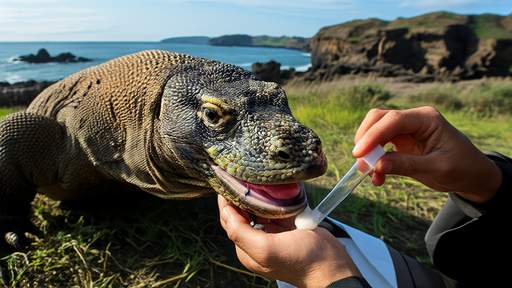
By /Jun 5, 2025

By /Jun 5, 2025

By /Jun 5, 2025
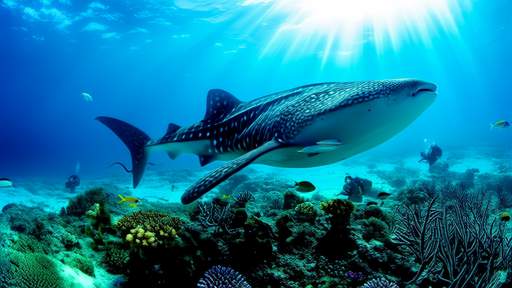
By /Jun 5, 2025

By /Jun 5, 2025

By /Jun 5, 2025
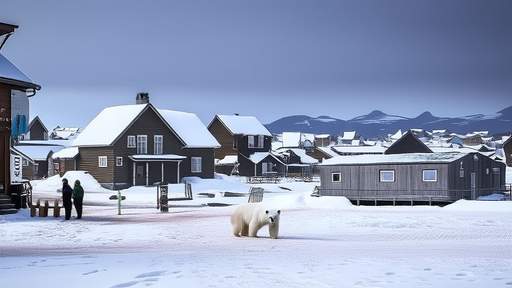
By /Jun 5, 2025
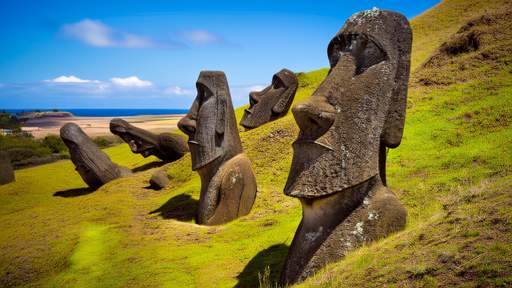
By /Jun 5, 2025
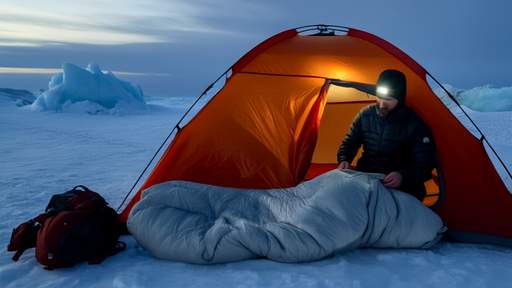
By /Jun 5, 2025

By /Jun 5, 2025

By /Jun 5, 2025

By /Jun 5, 2025

By /Jun 5, 2025
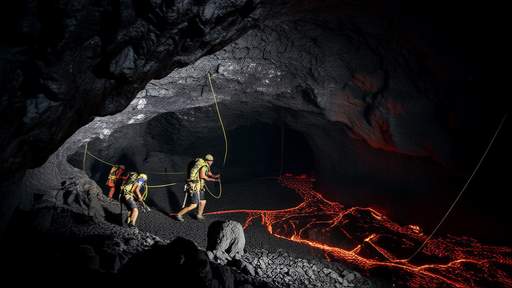
By /Jun 5, 2025
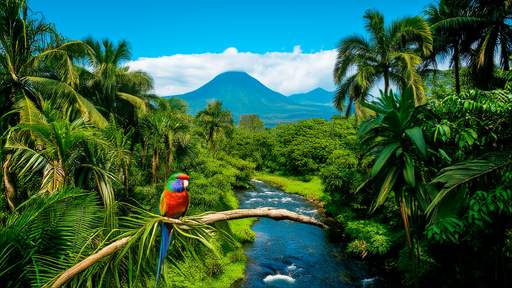
By Victoria Gonzalez/Jun 4, 2025

By Grace Cox/Jun 4, 2025

By Sophia Lewis/Jun 4, 2025

By Elizabeth Taylor/Jun 4, 2025
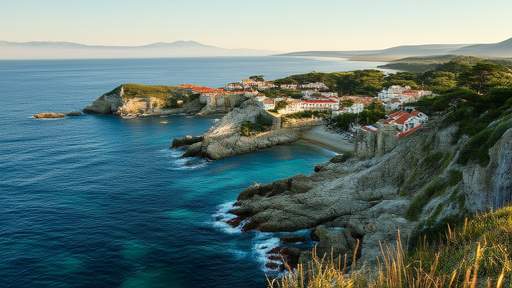
By Megan Clark/Jun 4, 2025

By Megan Clark/Jun 4, 2025